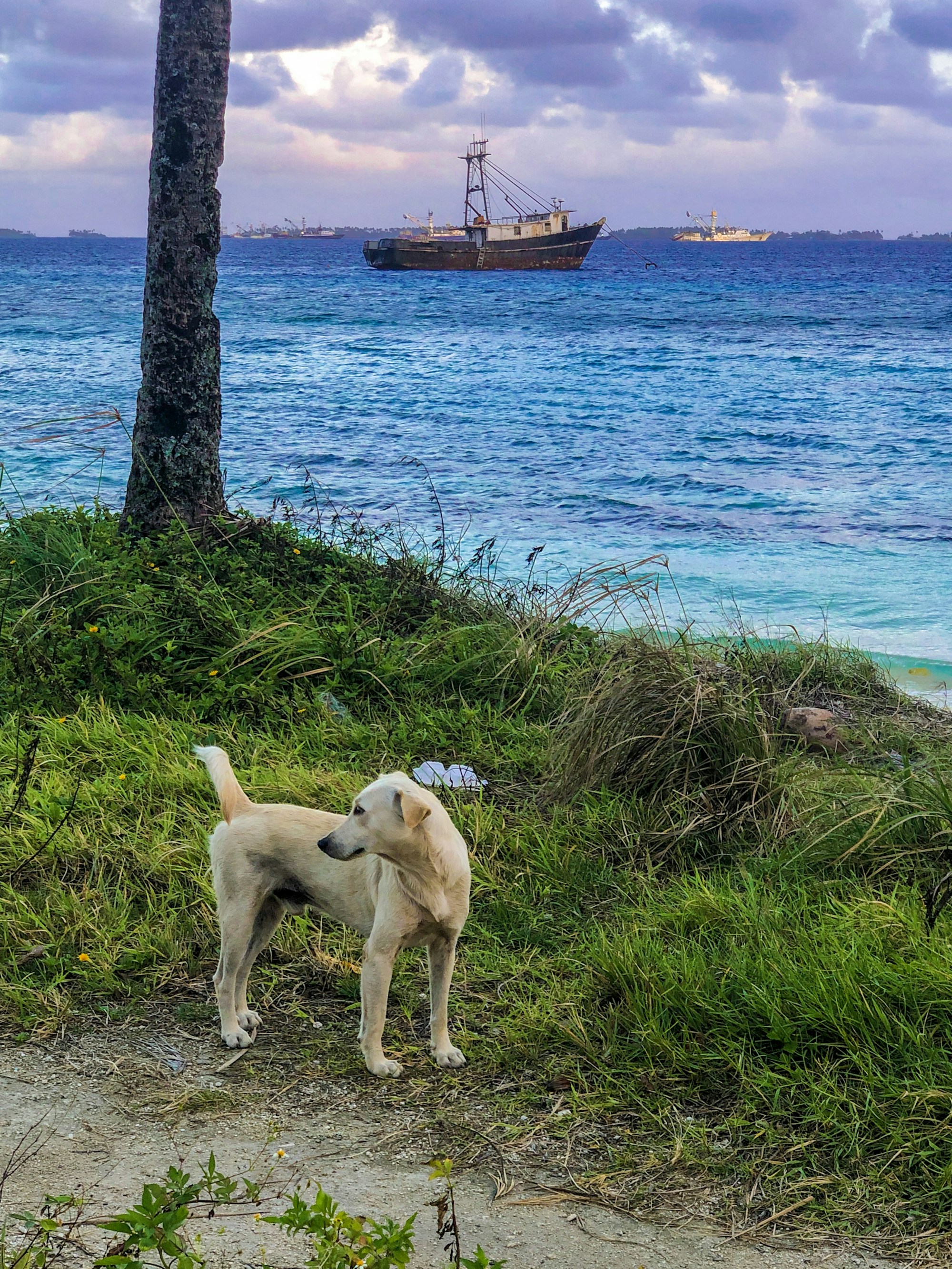Best Seasons for Majuro Travel: Ideal Weather and Months

Best Seasons for Majuro Travel: Ideal Weather and Months
Majuro is the capital and largest city of the Marshall Islands, located in the western Pacific Ocean. It is an archipelago nation known for its stunning natural beauty, pristine beaches, and vibrant coral reefs. When planning a trip to Majuro, it's essential to consider the weather and climate to ensure the best possible experience. Let's explore the ideal seasons and months for travel to Majuro.
Climate in Majuro
Majuro has a tropical rainforest climate, characterized by high humidity and abundant rainfall throughout the year. The temperature remains relatively consistent, with warm and balmy conditions that make it a perfect destination for beach lovers and watersports enthusiasts.
Best Seasons for Travel
The best seasons to visit Majuro are the dry seasons, which occur from December to April.
Dry Season (December - April)
During the dry season, Majuro experiences less rainfall, making it an excellent time for outdoor activities and exploring the beautiful beaches and reefs. The temperatures are warm and range from an average low of 77°F (25°C) to an average high of 83°F (28°C). Humidity levels are lower compared to the wet season, providing more comfortable conditions for travelers.
December and January are considered the peak months for tourism in Majuro. The weather is typically sunny with calm and crystal-clear waters, perfect for swimming, snorkeling, and diving. These months also coincide with the Christmas and New Year holidays, adding a festive atmosphere to the island.
February to April is still a great time to visit, as the weather remains pleasant and ideal for outdoor activities. The crowds start to thin out, providing a more tranquil experience for those seeking a quieter getaway. It's worth noting that April is the warmest month, so be prepared for higher temperatures.
Wet Season (May - November)
The wet season in Majuro lasts from May to November and is characterized by increased rainfall and humidity. While the rains can be heavy at times, they usually come in the form of short, intense showers, with breaks of sunshine in between. The wet season also coincides with the typhoon season in the Pacific, although the Marshall Islands are typically out of the main typhoon belt.
Although the wet season can still offer enjoyable experiences, outdoor activities may be limited due to occasional downpours. However, if you're seeking a more budget-friendly time to visit and don't mind occasional showers, you can still explore the cultural attractions, museums, and indoor activities while experiencing a more laid-back side of Majuro.
Monthly Climate Overview
| Month | Season | Humidity | Temperature (°F) | Sun Hours | Rainfall (inches) |
|---|---|---|---|---|---|
| December | Dry | 80% | 77 - 83 | 7 | 2.7 |
| January | Dry | 79% | 77 - 83 | 8 | 2.0 |
| February | Dry | 72% | 77 - 83 | 9 | 1.7 |
| March | Dry | 69% | 77 - 83 | 9 | 2.2 |
| April | Dry | 71% | 79 - 86 | 7 | 3.7 |
| May | Wet | 73% | 79 - 86 | 6 | 6.3 |
| June | Wet | 75% | 79 - 86 | 6 | 7.4 |
| July | Wet | 75% | 79 - 86 | 6 | 8.7 |
| August | Wet | 77% | 79 - 86 | 6 | 9.1 |
| September | Wet | 77% | 79 - 86 | 6 | 8.4 |
| October | Wet | 76% | 79 - 86 | 6 | 7.0 |
| November | Wet | 77% | 79 - 86 | 7 | 4.8 |
Conclusion
Majuro offers a tropical paradise throughout the year, but the best time to visit is during the dry season from December to April. With warm temperatures, lower humidity, and less rainfall, travelers can indulge in beach activities, explore coral reefs, and experience the vibrant culture of the Marshall Islands. If you're comfortable with occasional showers and wish to enjoy a more budget-friendly trip, the wet season from May to November can offer a quieter and more relaxed experience. Plan your visit accordingly, and get ready to immerse yourself in the breathtaking beauty of Majuro!
